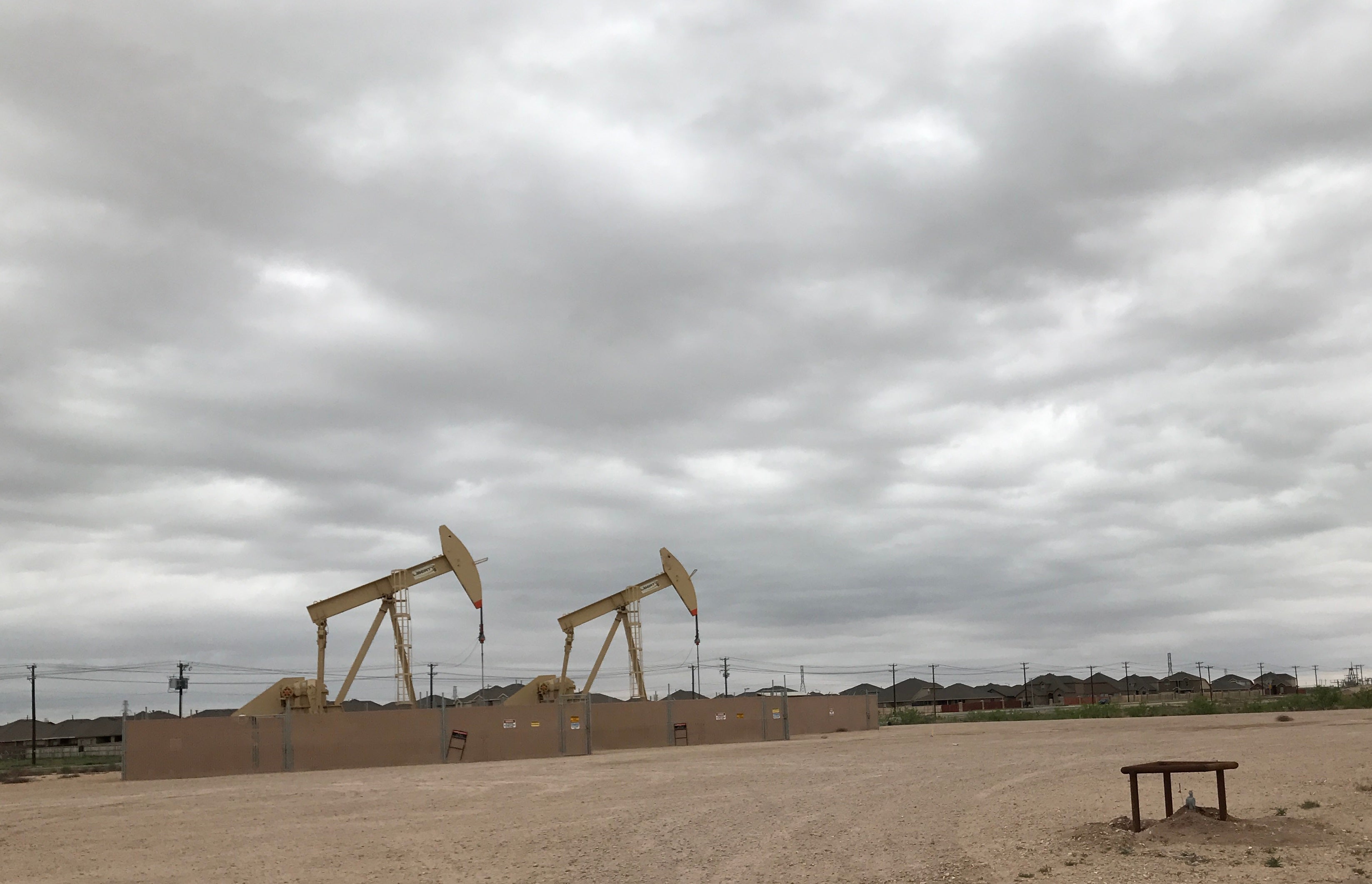As Oil and Gas Industry Goes Big in the Permian, Efforts to Tackle Emissions Will Be Telling
By Jon Goldstein and Ben Ratner
Much ink has been spilled recently about big new oil and gas investments in the Permian Basin across West Texas and Southeastern New Mexico. What some are dubbing “Permania” includes a more than $6 billion investment by ExxonMobil in New Mexico acreage and an almost $3 billion one by Noble Energy across the border in Texas, among others. But a large question remains: will these types of big bets also come with the needed investments to limit methane emissions?
It’s not just an academic question. The answer will go a long way toward revealing if industry actors plan to operate in a way that serves the best interest of local communities and taxpayers. Unfortunately, New Mexico is currently the worst in the nation for waste of natural gas resources from federal lands (such as those that are found in large parts of the state’s Permian Basin). Largely avoidable venting, flaring and leaks of natural gas from these sites also puts a big hole in taxpayers’ wallets, robbing New Mexico taxpayers of $100 million worth of their natural gas resources every year and depriving the state budget of millions more in royalty revenue that could be invested in urgent state needs like education.
Meanwhile, at least one estimate shows a doubling of methane emissions in recent years on 2.1 million acres of Texas’ Permian Basin lands managed by the University of Texas, and students and faculty are calling for needed reductions. There’s good reason to believe that the rest of the Texas Permian has seen similar increases in methane emissions.
The answer to this million dollar waste question will also reveal if these large oil and gas companies plan to “walk the talk” on their commitments to reduce emissions. Methane is the primary component of natural gas and a potent greenhouse gas, more than 80 times more potent pound for pound than carbon dioxide in the short term.
For instance, Darren Woods the new Chairman and CEO of oil giant ExxonMobil recently stated in his first blog as CEO: “I believe, and my company believes, that climate risks warrant action and it’s going to take all of us – business, governments and consumers – to make meaningful progress.” If Exxon invests $6.6 billion in New Mexico drilling sites (more than the entire U.S. Environmental Protection Agency annual budget proposed by President Trump for comparison) but doesn’t make the necessary investments to capture fugitive methane emissions, these words will ring hollow. Conversely, by choosing to set a positive example through implementing methane controls, increasing transparency, and engaging responsibly on methane policy development, Exxon could chart a positive path and set an example worth following.
This is because scientists estimate that methane emissions are already responsible for roughly one quarter of the warming we are experiencing today, and the oil and gas industry is the largest source of industrial methane emissions in the U.S. What’s more, addressing methane pollution will also help alleviate local air quality concerns such as in Eddy County, New Mexico’s number one oil producer and recipient of a failing grade for ozone smog pollution from the American Lung Association.
The “layer cake” of oil and gas resources beneath New Mexico and West Texas may be an energy bounty, but in order for the people of these states to reap the full benefit (and minimize the risks to their health and climate) these companies will have to invest in leading technologies to capture methane waste and pollution. Neighboring states like Colorado have put state methane rules in place for just this reason and their economies have benefited as taxpayer revenue goes up while new methane mitigation small businesses thrive and entrepreneurs invent the next generation of solutions. These states should do the same and oil and gas companies can help show leadership by standing up and advocating for sensible methane policies, just as Noble Energy did with success in Colorado.
As Exxon’s Mr. Woods wrote, “by taking advantage of human ingenuity, embracing free markets and enacting sound government policies, we can meet the world’s energy needs and meet all of our shared aspirations in an environmentally and socially responsible way.” We could not agree more. As all eyes shift to the Permian, there is an opportunity – and an obligation – to put the market to work reducing emissions and to support sound methane emission government policies to set a level playing field and provide an assurance to the public that all companies are operating responsibly.
That’s the only way Texans and New Mexicans will be able to have their cake and eat it too during the next anticipated development boom. And it’s the only way that companies from Exxon and Noble to smaller drillers can address the global concern that methane emissions leaks away the credibility of natural gas in the transition to a low carbon energy economy.













One Comment
NASA Methane levels images and subsequent research show clearly that O&G industry supplied methane emissions estimates the EPA / DEP relied on were gross misrepresentations. Note the huge methane hotspot over the Four Corners region; https://science.nasa.gov/science-news/science-at-nasa/2014/09oct_methanehotspot